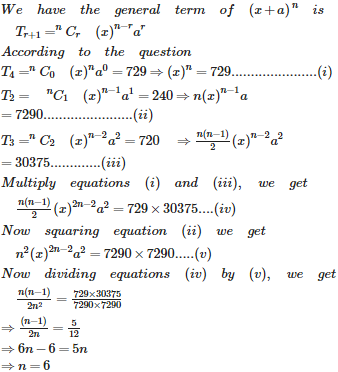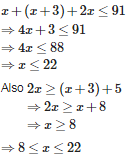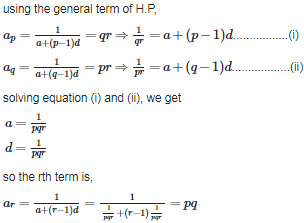CBSE 11TH MATHEMATICS - Online Test
Let P(x,y) represent the complex number Z=x+iy in the complex plane(Argand plane) and let O(0,0) be the origin
Then we have OP=
Here Z=1+i so that P(x,y)=P(1,1)
Hence OP=
[i=imaginory root of unity which is a complex no.]
since the solution of x doesnot belongs to real no hence the set is null set

Let the length of the shortest piece be x cm.Then we have the length of the second and third pieces are x+3 and 2x centimeters respectively.
According to the question,

Hence the shortest piece may be atleast 8 cm long but it cannot be more than 22cm in length.
Now using L'Hospital we have,
Again using L'Hospital,
Again using L'hospital;

If the line is parallel to the given line x-2y + 5 =0,
then the required line will have same slope
Hence the equaion of the given line is x-2y+k=0
since it passes through the origin,
0+0+k=0
Therefore k=0
Hence the equation of the required line is x-2y=0 or x=2y
distributive law
since
since
